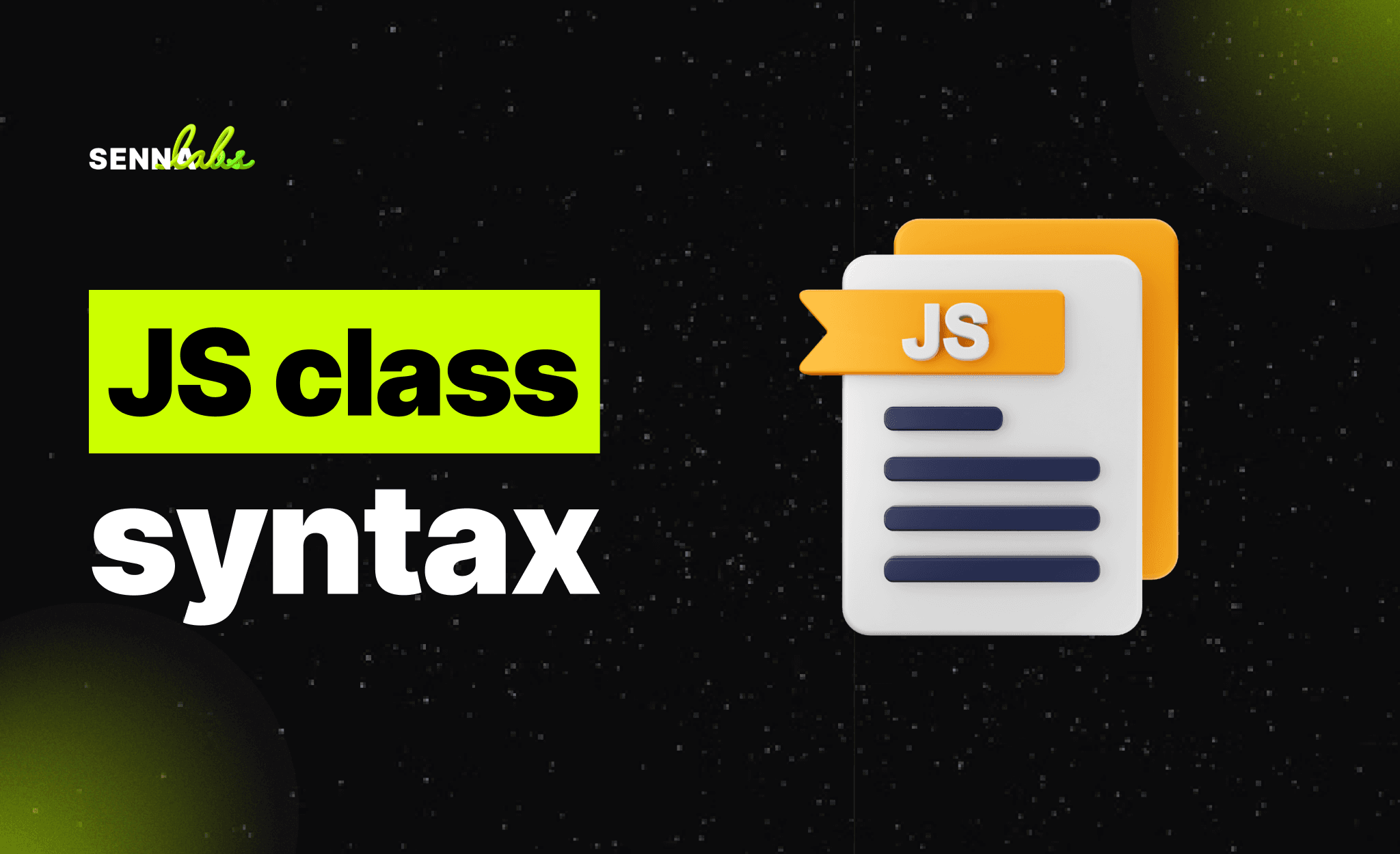How Cross-Platform Apps Reduce Time-to-Market for Enterprises
Share

In an era where digital transformation is driving change across all industries, enterprises face increasing pressure to bring their products and services to market faster than ever. With mobile applications becoming a critical channel for customer engagement and revenue generation, organizations need to find efficient ways to develop and deploy apps across multiple platforms. However, traditional native app development for both iOS and Android can be time-consuming and expensive, delaying time-to-market and potentially causing businesses to miss out on key opportunities.
This is where cross-platform app development comes in. By using a single codebase to build apps that run on both iOS and Android, enterprises can significantly reduce development time, speed up product launches, and ultimately capture market opportunities more efficiently.
In this article, we’ll explore how cross-platform app development can reduce time-to-market for enterprises and why it’s an effective strategy for organizations looking to stay competitive in today’s fast-moving business environment. We’ll also examine a real-world use case of a large retail company that developed a cross-platform e-commerce app, reducing their time-to-market by 50 percent. This allowed them to launch their mobile shopping app in time for the holiday season, resulting in a 25 percent increase in mobile sales.

The Challenge of Time-to-Market in Enterprise Mobile Development
For enterprises, getting a mobile app to market quickly is crucial. Whether it’s an e-commerce app for a retail business, a customer portal for a financial services firm, or an internal tool for employees, speed is essential to gain a competitive edge, respond to customer demand, and capitalize on market trends.
However, traditional native app development can create significant barriers to achieving a fast time-to-market. Developing separate apps for iOS and Android requires specialized teams, different programming languages, and parallel development processes. This not only increases development costs but also significantly delays product launches, as each platform’s app must be designed, coded, tested, and maintained independently.
In industries like retail, where timing is critical—such as launching apps ahead of the holiday shopping season or during major sales events—any delay in getting the app to market can result in missed opportunities and lost revenue.
What Is Cross-Platform App Development?
Cross-platform app development is a mobile development approach that allows developers to create a single codebase that can be deployed across multiple platforms, such as iOS and Android. Instead of building two separate native apps, developers use frameworks like React Native, Flutter, or Xamarin to write most of the app's code once and adapt it for different platforms.
This streamlined approach significantly reduces the development time needed to build apps for multiple platforms and ensures that enterprises can launch their apps faster and more efficiently.
How Cross-Platform App Development Reduces Time-to-Market for Enterprises
1. Single Codebase for Multiple Platforms
The most significant advantage of cross-platform app development is the ability to use a single codebase for both iOS and Android platforms. Rather than having two teams develop two separate apps, enterprises can have one development team working on a shared codebase. This eliminates the need to duplicate work and allows for faster iterations during the development process.
With cross-platform development frameworks, many of the features and functionality of the app are built once and then optimized for different platforms. This results in shorter development cycles, as developers can focus on refining and testing one codebase rather than juggling multiple projects.
In contrast, native app development requires separate teams to work with platform-specific programming languages—Swift for iOS and Kotlin or Java for Android—meaning that each version of the app must be built from scratch. This not only doubles the workload but also increases the chances of inconsistencies between the two versions.
Example: In the case of the retail company that developed a cross-platform e-commerce app, using a single codebase reduced the development time by 50 percent. This enabled the company to have a fully functional mobile shopping app ready in time for the holiday shopping season, a crucial period for driving sales and customer engagement.
2. Faster Development with Pre-Built Components
Cross-platform frameworks such as React Native and Flutter come with a wide range of pre-built components and libraries that allow developers to accelerate the development process. These frameworks provide reusable UI components, built-in tools, and platform-specific APIs, which reduce the amount of custom code that needs to be written.
For example, React Native offers native-like components such as buttons, sliders, and navigation bars that can be easily adapted to fit the app's design and functionality across platforms. This reduces the need to reinvent the wheel when building common app features, enabling faster development and quicker deployment.
Moreover, hot-reloading features in cross-platform frameworks allow developers to see the effects of changes immediately, without having to recompile the entire app. This speeds up the iteration process during development, allowing for faster testing, bug fixing, and feature implementation.
Example: The retail company’s development team was able to take advantage of pre-built components within their chosen cross-platform framework to speed up the creation of key features like the shopping cart, payment gateway integration, and product listing pages. This accelerated the time needed to build the app’s core functionalities, helping them meet their holiday launch deadline.
3. Simultaneous Deployment Across Platforms
One of the primary reasons cross-platform app development reduces time-to-market is that it allows for simultaneous deployment across platforms. With native development, enterprises often face the challenge of having to prioritize one platform over another—typically iOS or Android—leading to staggered releases.
Cross-platform development ensures that the app can be launched on both platforms at the same time, reaching a wider audience immediately upon release. This is particularly valuable for enterprises with diverse customer bases, as it avoids the risk of alienating users who prefer one platform over another.
Simultaneous deployment also allows for synchronized updates across platforms. Enterprises can roll out new features, bug fixes, and enhancements to both iOS and Android users at the same time, ensuring a consistent experience for all customers.
Example: By choosing a cross-platform approach, the retail company was able to launch their e-commerce app on both iOS and Android in time for the holiday shopping season. This simultaneous deployment ensured that customers on both platforms could take advantage of the app’s features during a key shopping period, resulting in a 25 percent increase in mobile sales.
4. Lower Maintenance and Update Effort
Once an app is launched, maintaining it and rolling out updates can be a time-consuming process, particularly with native apps that require separate updates for iOS and Android. Cross-platform development simplifies this process by allowing businesses to make updates to a single codebase and then deploy those changes across all platforms simultaneously.
This reduces the ongoing maintenance effort and ensures that updates can be released faster, keeping the app up-to-date with user feedback, security patches, and new features.
Additionally, cross-platform frameworks offer built-in tools for testing and debugging, which helps developers identify issues and resolve them more quickly. The ability to address bugs and release updates faster can be critical for enterprises that need to respond to user feedback or improve app performance.
Example: After launching their e-commerce app, the retail company was able to roll out new features, such as personalized shopping recommendations and flash sale notifications, to both iOS and Android users at the same time. This helped the company stay competitive during the holiday season and continuously improve the user experience.
5. Better Resource Allocation
Developing and maintaining separate native apps for iOS and Android can strain an enterprise’s resources, both in terms of financial costs and human capital. Native development requires specialized developers for each platform, which can be expensive and resource-intensive.
Cross-platform development, on the other hand, allows enterprises to optimize their resources by using a single development team that can work across both platforms. This not only reduces development costs but also allows businesses to allocate resources more efficiently, whether it’s toward marketing, customer acquisition, or product enhancements.
By using cross-platform development, enterprises can also avoid the common pitfall of staggering app releases due to resource constraints. Launching an app on one platform before the other often leaves businesses scrambling to catch up, with users on the neglected platform feeling overlooked.
Example: The retail company was able to allocate more resources to marketing and promotion for their holiday shopping app, thanks to the cost and time savings achieved through cross-platform development. This helped them attract more users and increase app downloads during the crucial holiday period.
Real-World Use Case: A Retail Company’s Success with Cross-Platform Development
To illustrate how cross-platform app development can reduce time-to-market, let’s take a closer look at the large retail company mentioned earlier that developed a cross-platform e-commerce app.
The Challenge:
The retail company needed to launch a new mobile shopping app before the holiday shopping season, a critical time for sales. However, they faced several challenges:
-
Time constraints: With only a few months to develop and launch the app, the company needed to minimize development time.
-
Platform diversity: They wanted to launch on both iOS and Android simultaneously to reach the largest possible audience.
-
Cost considerations: Budget constraints meant they needed to find a cost-effective solution that wouldn’t require developing two separate native apps.
The Solution: Cross-Platform Development
To meet these challenges, the company chose to use a cross-platform development framework. This allowed them to:
-
Reduce development time by 50 percent: Using a shared codebase for both platforms accelerated the development process, allowing the company to meet its holiday launch deadline.
-
Launch on both iOS and Android simultaneously: The cross-platform approach ensured that the app reached a broad audience of mobile users without the delays of native development.
-
Increase mobile sales by 25 percent: The app’s timely release ahead of the holiday season led to a surge in mobile sales, contributing to a 25 percent increase in overall revenue during the peak shopping period.
Conclusion
For enterprises looking to reduce time-to-market while delivering a high-quality mobile app experience, cross-platform app development offers a strategic advantage. By using a single codebase, pre-built components, and simultaneous deployment across platforms, cross-platform development enables businesses to launch apps faster, reach wider audiences, and stay competitive in a rapidly evolving marketplace.
As demonstrated by the success of the retail company in our case study, cross-platform app development allowed them to reduce development time by 50 percent, launch their app in time for the holiday season, and achieve a 25 percent increase in mobile sales. For enterprises seeking agility and efficiency, cross-platform development is a proven solution that can drive both speed and success in today’s mobile-first world.

Share

Keep me postedto follow product news, latest in technology, solutions, and updates
Related articles
Explore all


